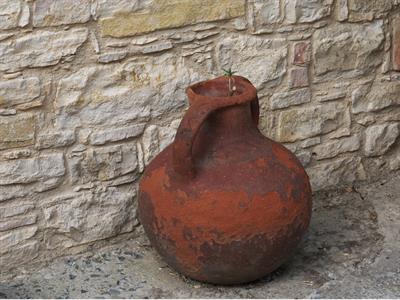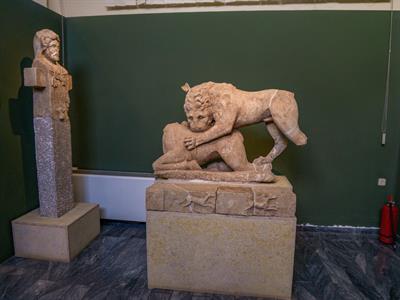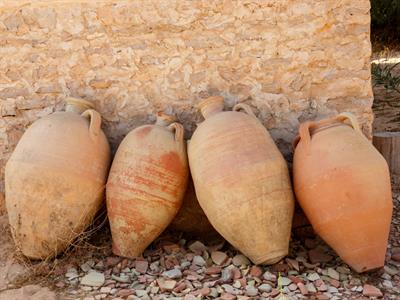
PUMPA - SMART LEARNING
எங்கள் ஆசிரியர்களுடன் 1-ஆன்-1 ஆலோசனை நேரத்தைப் பெறுங்கள். டாப்பர் ஆவதற்கு நாங்கள் பயிற்சி அளிப்போம்
Book Free DemoThe Contemporaries of Vedic age
- The Vedic period also witnessed its contemporaries in other parts of the Indian subcontinent, where the Early Vedic Period in North India coincided with the Chalcolithic period of Southern India and the Later Vedic age in the north existed with the Iron age of South.
CHALCOLITHIC: It is a combination of Chalko + lithic, derived from the Greek words “Khalkos (copper) and Lithos (stone)” which was later known as the copper age. It was a contemporary period of the mature Harappa period.
The Megalithic South
- The later part of the Iron age in South India saw the emergence of the Megalithic age, which was a period of civilizational zenith in the Sothern part of the Indian peninsula.
- The Megalithic Burials served as a treasure trove of information regarding the Iron age of South India.
MEGALITHIC: This term is derived from the Greek word “Megas (big/great) and Lithos (Stone)”. So the name denotes monuments that are built using large stones.
- The archaeological excavations that undertook in Tamilnadu served as a lot of accounts about the Iron age and the Megalithic culture that existed at that time. The detailed analysis of the excavations from various places throws light upon the Megalithic civilisations and their characteristics.
- Megalithic excavations from certain places of Tamilnadu shown rich dividends which further pushed the archaeologists to explore more on this front. Here is a list of places where the settlements were found in Tamil Nadu.

1.Adhichanallur
- Adhichanallur is a small town located on the banks of the Tamirabarani river in the Thoothukudi district of Tamilnadu. This place became an excavation site way before in 1876, where a German explorer named Jagor unearthed some findings during his trip.

Redware Pottery
- After some time an excavation carried out by the Archaeological Survey of India (ASI) under the guidance of Alexander Rea (British excavator) in 1900\ unearthed many Iron made artefacts.
- He also founded many Burial urns, Iron and Bronze objects along with weapons made of Iron and agricultural objects.
- The Archaeological expedition in 2004\ by T. Sathyamurthy founded gold ornaments, bronze statues of animals like tigers, elephants, and crocodiles. Potshards with women pictures along with a paddy stalk were also found in this place.

Statues of Animals
- Potteries like Blackware and Red ware were also found in these sites which were used for Urn burials. Adhichanallur was also considered a premier burial site of the Megalithic people.
- The Archaeologists of the later period asserted that the place was one of the most ancient sites of Tamilnadu with Megalithic remains and also believed that it would bridge the Tamil culture with the Indus Valley people.
2. Porunthal
- This place is located in the Southwest of Palani in the Dindigul district of Tamilnadu. Porunthal was a site of great significance according to the archaeologists because the findings from this site were unique and appealing.
- The findings include airtight containers with Paddy samples from graves of people, where the paddy variety found in Porunthal belongs to Odisha’s Satvaika variety.
- Further discoveries of Iron Plough with sickle confirms the fact that the people of Megalithic Porunthal were well acquainted with the practice of Agriculture.

Legged jars
- It also had a large number of beads mainly made of glass in various colours along with semi-precious stones like Quartz and Carnelian.
- The most significant of the findings were the Tamil Brahmi inscriptions dating back to the 5th\ century\ BC\ along with the rice pots which were not found in any other sites.
- Other findings include Bangles made of Shell, Iron swords, Steatite stones, four-legged Jars, Iron arrows and knives.
Reference:
Statues of Animals - Pit Stock / Shutterstock.com